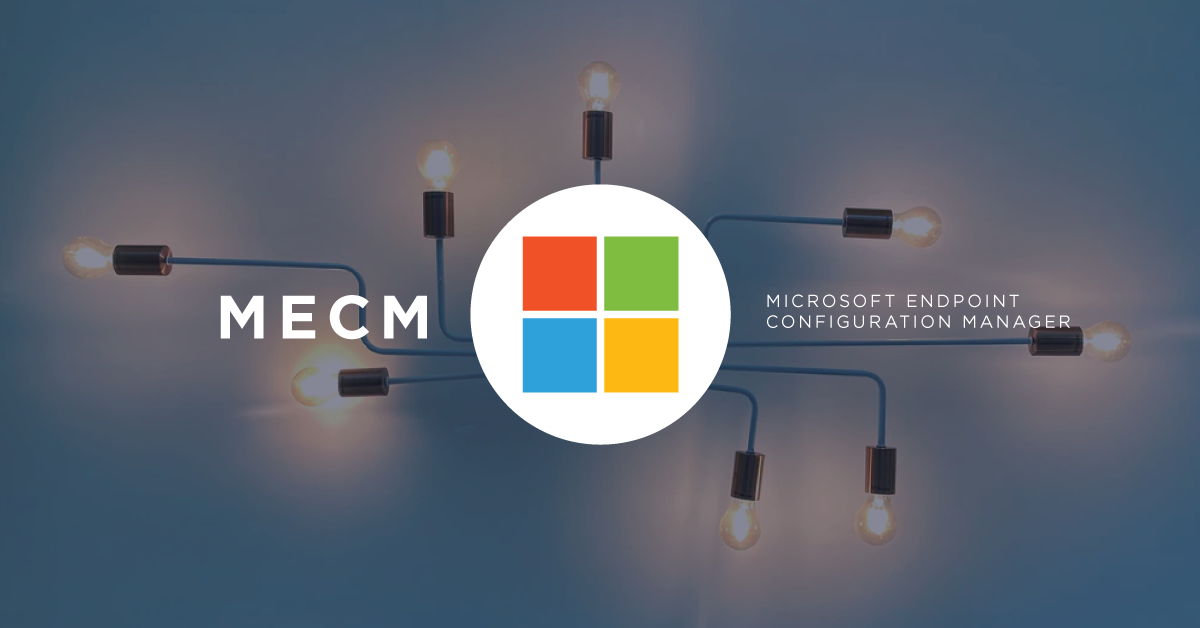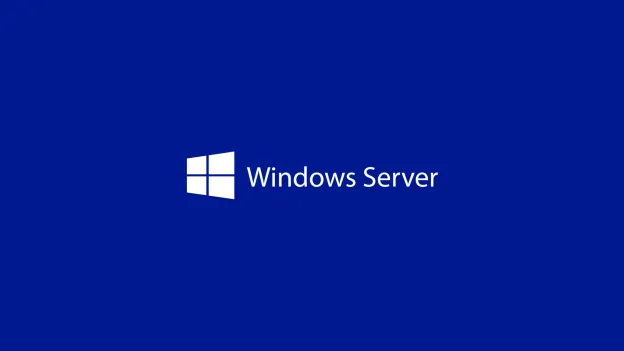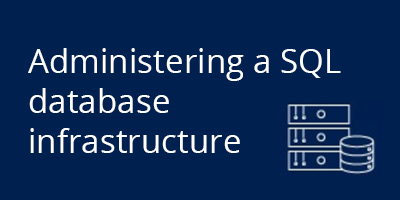Description
Introduction of Microsoft Endpoint Configuration Manager
This course previously known as System Center Configuration Manager (SCCM), is a robust solution for managing large-scale device fleets in an enterprise environment. It enables IT administrators to efficiently configure, monitor, update, and secure devices across the organization, ensuring that the entire fleet adheres to corporate standards and security policies. This training will provide a comprehensive overview of MECM’s core capabilities, deployment methods, and best practices to optimize device management.
Prerequisites:
This training is suitable for IT professionals with a basic understanding of systems administration and enterprise IT infrastructure. Familiarity with Microsoft technologies such as Windows Server, Active Directory, and Group Policy will be helpful. Prior experience with device management solutions like SCCM or Intune is beneficial but not required.
Table of Contents
- Introduction
1.1 Overview of Microsoft Endpoint Configuration Manager
1.2 Key Benefits for Device Management
1.3 Use Cases and Industry Relevance(Ref: MISRA C: Core Principles and Best Practices) - Getting Started
2.1 Installing and Configuring Microsoft Endpoint Configuration Manager
2.2 Understanding the Architecture
2.3 Key Components and Features - Device Enrollment and Configuration
3.1 Enrolling Devices into Microsoft Endpoint Configuration Manager
3.2 Configuring Device Settings
3.3 Device Grouping and Organization - Managing Device Compliance
4.1 Defining Compliance Policies
4.2 Monitoring Device Compliance
4.3 Remediating Non-compliant Devices - Software Deployment and Updates
5.1 Managing Software Distribution
5.2 Configuring Software Update Management
5.3 Patching Devices and Software Updates - Security Management and Protection
6.1 Implementing Security Policies
6.2 Endpoint Protection Integration
6.3 Monitoring and Responding to Security Threats - Advanced Management Features
7.1 Remote Control and Troubleshooting
7.2 Power Management and Reporting
7.3 Integrating with Microsoft Intune and Azure AD - Best Practices for Device Management
8.1 Organizing and Optimizing Device Collections
8.2 Automating Routine Management Tasks
8.3 Monitoring and Reporting Best Practices - Troubleshooting and Maintenance
9.1 Common Issues and Solutions
9.2 Performance Tuning and Optimization
9.3 Backup and Disaster Recovery Strategies - Conclusion
10.1 Key Takeaways
10.2 Benefits of Using Microsoft Endpoint Configuration Manager
10.3 Future Trends and Evolving Best Practices
Conclusion:
This course is a powerful tool for managing devices across large organizations, offering a centralized platform for configuration, security, and compliance management. By mastering MECM’s features, administrators can enhance operational efficiency, improve security, and maintain control over their device infrastructure. The best practices and troubleshooting techniques covered in this training will help ensure optimal device management, making MECM a critical tool for IT teams.






Reviews
There are no reviews yet.